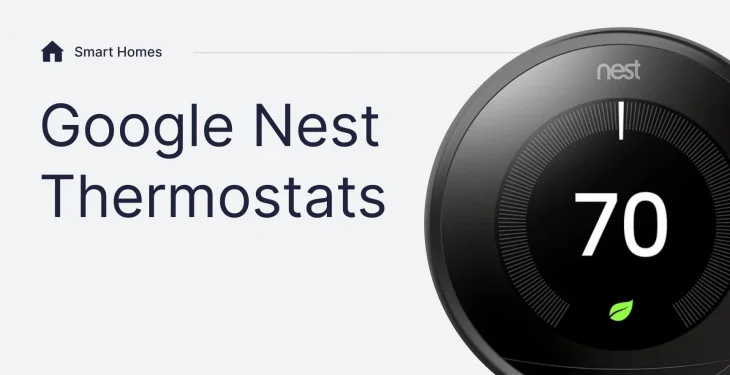In a significant move affecting long-time smart home users, Google has announced the end of software support for its first and second-generation Nest Learning Thermostats, with a final cutoff date set for October 25, 2025. The decision marks the end of an era for some of the earliest smart home devices on the market and signals a strategic shift in Google’s approach to smart home technology—especially in Europe.

Which Devices Are Affected?
The devices reaching the end of their life cycle include:
- Nest Learning Thermostat (1st Gen, 2011)
- Nest Learning Thermostat (2nd Gen, 2012)
- European Nest Learning Thermostat (2014)
These thermostats will no longer receive software or security updates, nor will they remain compatible with the Google Home or Nest apps. Users will lose the ability to control these devices remotely, receive notifications, or utilize third-party integrations such as voice commands via Google Assistant.
However, Google confirmed that the thermostats will continue functioning manually, allowing users to adjust temperature settings and toggle pre-set schedules directly on the device.
Europe Exit: No New Nest Thermostats Ahead
In an equally impactful announcement, Google is withdrawing its Nest Thermostat product line from Europe entirely, citing the complexity and diversity of European heating systems as the primary reason.
“Heating systems in Europe are unique and have a variety of hardware and software requirements that make it challenging to build for the diverse set of homes,” said Google in a blog post.
Going forward, no new Nest Thermostats will be launched in the European market. The 3rd Gen Nest Learning Thermostat (2015) and Nest Thermostat E (2018) will continue to be sold only while current supplies last.
For European customers, this move essentially ends the possibility of purchasing new Google-branded smart thermostats once inventories are depleted. Users looking for smart heating solutions that work with Google Home will need to consider third-party alternatives.
One such option is the Tado Smart Thermostat X, and Google is offering a 50% discount on it for European users affected by the phase-out.
Learn more about the Tado Smart Thermostat X
User Backlash and Transition Offers
While Google claims the 14-year lifespan of the original Nest devices is generous by tech industry standards, many users are understandably frustrated. Smart home products like thermostats are expected to last for decades, and the sudden removal of cloud-based features raises concerns about planned obsolescence in IoT (Internet of Things) devices.
To ease the transition, Google is offering generous upgrade discounts:
- $130 off the new 4th Gen Nest Learning Thermostat for U.S. customers.
- $160 off the same device in Canada.
- 50% off the Tado Smart Thermostat X in Europe.
Affected users will receive these promotional offers directly through official communication channels.
What’s Next for Smart Home Enthusiasts?
Despite this move, Google has stated that owners of recent models will soon benefit from new schedule management features via the Google Home app, improving usability for modern Nest devices.
However, the lack of clarity around Google’s long-term smart home roadmap—especially with few updates on new Nest Hubs or speakers—leaves some questioning their loyalty to the ecosystem.
This situation serves as a cautionary tale for users investing in smart home gear. Device longevity, update policies, and ecosystem stability are now critical factors in purchasing decisions, and the Nest Thermostat phase-out is a potent reminder of the risks involved.
Conclusion
Google’s decision to end software support for early Nest thermostats and halt new thermostat releases in Europe is a major development for smart home consumers. While the hardware will remain operational, the loss of smart features significantly diminishes their value. Still, with upgrade discounts and alternative solutions available, affected users have options to keep their homes smart and energy-efficient.
As the smart home industry continues to evolve, users should stay informed and cautious about the long-term viability of the products they bring into their homes.

